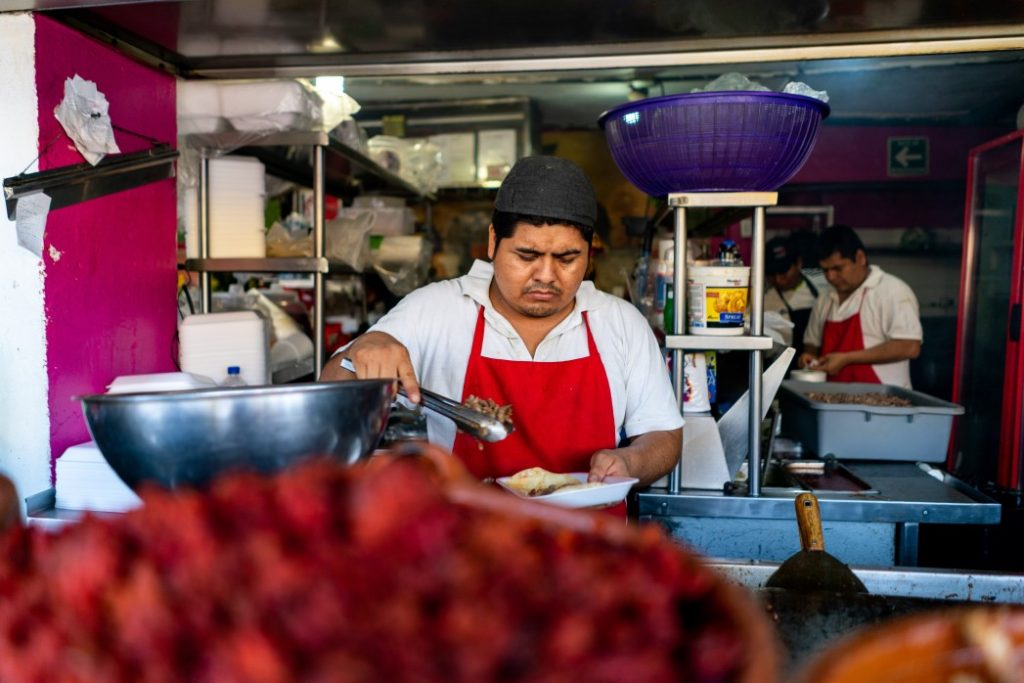Millions of people who were comfortably-off in 2019 are now falling into poverty.
What does it mean to be middle class? The question is complicated; many of us associate class not just with income levels but also with things like our background, our accent, our education, and even our hobbies.
For economists, though, 'middle class' is often used as a shorthand for people who hold some semblance of financial security, and who can meet all their needs and at least some of their wants. Pushing people up from poverty into the middle class is consequently the aim of many programmes run by governments, charities and other organisations around the world. But you can’t measure the success of these programmes if you don’t have a way of defining who is middle class and who is not. So some global institutions have tried to put a number on things.
In 2011, the World Bank declared that you were middle class if you earned between $13 and $70 per day, adjusted for something called purchasing power parity (PPP). PPP is a calculation economists use to essentially figure out how much bang you can get for your buck across different countries and currencies. $13-worth of local currency would buy you more stuff in Thailand than in Canada, so we need to take that into account if we’re trying to figure out what a 'good' wage in these countries would look like. A little more simply, the OECD says middle class households earn between 75 percent and 200 percent of their country’s median income. In the UK this is £29,900, meaning you’re middle class if your household brings home between £22,425 and £59,800 a year.
For over a century, the ranks of the middle classes have been swelling along with global wealth generally. Half of the human population was middle class or richer in 2018, and the general consensus was that things were only going to get better. Then the pandemic hit. When governments around the world imposed stringent restrictions to try and combat the spread of the disease, they whalloped their economies, and many people’s finances along with it.
As a result of this, 54 million people backslid from the middle class into poverty. At the same time, fewer poorer people climbed into the ranks of the middle class. The upshot was an estimated extra 131 million poor people globally than there would have been without the pandemic. (At the same time, the fortunes of the richest increased, so economic inequality also widened.)
Certain areas of the world have been more affected by this trend than others. Latin America and the Caribbean were particularly hard-hit, probably because that region suffered the combination of being a poorer area of the world and having particularly high cases of Covid-19. The World Bank says the scale of the problem has been softened by emergency welfare programmes created by the region’s governments, and expresses concern about what will happen when these programmes dry up. After all, economic contractions have also also hit governments' revenue pots, because people are earning less and doing fewer other taxable activities, like shopping (sales taxes are usually put on purchases).
Governments do have the option of taking out more debt, but because governments in this area of the world were already debt-laden to an extent many economists considered dangerous, some are worried that inflating their IOUs even more might mean having to slash spending on important government programmes - like education or infrastructure - later on, or hiking up taxes in a way that could further batter the financially struggling and scare off economic investment by businesses. Not everyone believes this is inevitable: some people say governments can actually hold on to way more debt than is currently thought without causing any economic repercussions. But whether Latin American governments will be willing to take that gamble remains to be seen.
Read our explainer on: social mobility.

